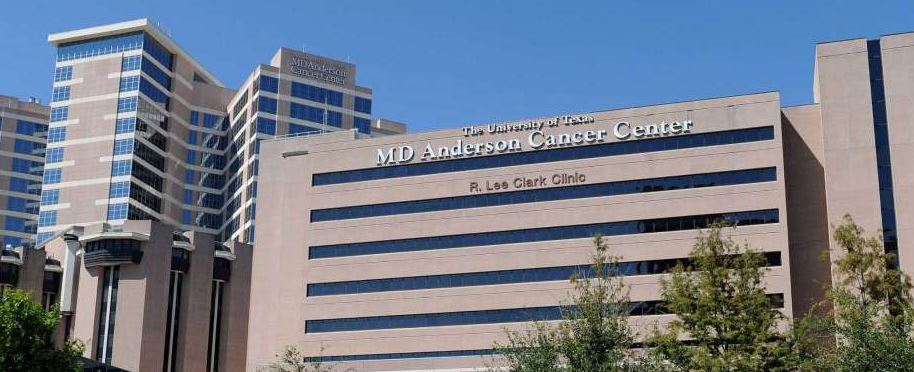One of the most renowned hospitals in the country is eliminating approximately 5 percent of its current workforce, and the emergence of electronic health records is being fingered as the culprit.
MD Anderson Cancer Center, located in Houston, is officially part of the University of Texas System, but its status as one of the first comprehensive cancer centers in the United States gives it a special stature. It is also celebrated as one of the premiere facilities of its type, routinely claiming the top spot for cancer care in the annual U.S. News & World Report “Best Hospitals” rankings. That means there’s an extra sting to the news that even MD Anderson isn’t immune to current budget-tightening trends across the healthcare industry.
In an announcement last week, MD Anderson leadership spelled out intentions to slash the payroll by around 1,000 people. That number includes 800 to 900 layoffs. The remaining staff reductions will take place by leaving positions unfilled after staff leaves through attrition and retirement.

(Image credit: AP Photo/Pat Sullivan)
In making the announcement, hospital executives stressed that no doctors or clinical-care nurses will see their positions eliminated. According to television station KHOU, in Houston, about 12 percent of the layoffs will hit management and others in leadership positions.
“From mid-management all the way up through vice-presidents,” explained Dan Fontaine, MD Anderson’s executive vice-president of administration.
“Our message should be that in no way are we compromising the high-quality and safe patient care, that they don’t need to worry about their physicians. Their clinical care team is going to remain intact.” insisted Thomas Buchholz, MD, physician-in-chief for MD Anderson.
According to The Wall Street Journal, MD Anderson posted a loss in excess of $250 million for the fiscal that closed at the end of August, a swing of over $400 million from the prior year, when the cancer center finished in the black.
Fontaine acknowledged that a variety of factors led to the facility’s fiscal woes, but cited a conversion to a new electronic health records system as a major contributor. The switchover proved to be more complicated than anticipated, and Fontaine said doctors were still having difficulties. Anticipating the challenge, the cancer center also brought on additional staff and scheduled fewer patients, a combination that seriously eroded positive revenues as the conversion stretched on.
Dan Steingart, a Moody’s Investors Service analyst who specializes in healthcare facilities, told the Journal that chain reaction financial hits are commonplace for hospitals implementing new electronic records. In addition to the extensive time doctors and nurses need to devote to the conversion, the learning curve often leads to small errors in the medical records that don’t necessarily compromise care but move forward into billing errors that represent more lost revenue.
Seeing these fiscal shortfalls, MD Anderson has been implementing cost-cutting measures for much of the last year. Even with those ongoing efforts touching staff at every level, MD Anderson President Ron DePinho, MD, was recently awarded a performance bonus of $208,000, the largest of the annual perks handed out to the 11 presidents within the University of Texas System. With the staff reductions pending, DePinho was quick to announce intentions to reinvest those dollars in the healthcare facility he heads.
“My family knew we could do the most good by donating my incentive compensation back to the institution,” DePinho said in a statement.
The first layoff notifications were delivered to MD Anderson staff last week. The remainder are expected to follow in the week ahead.




